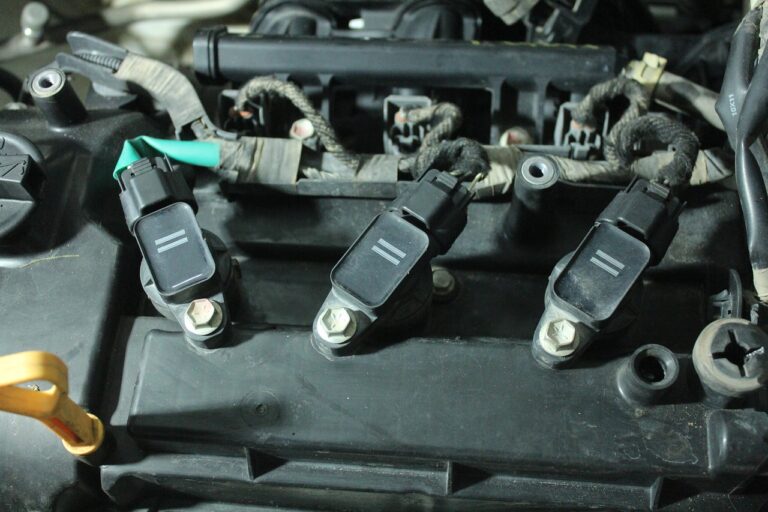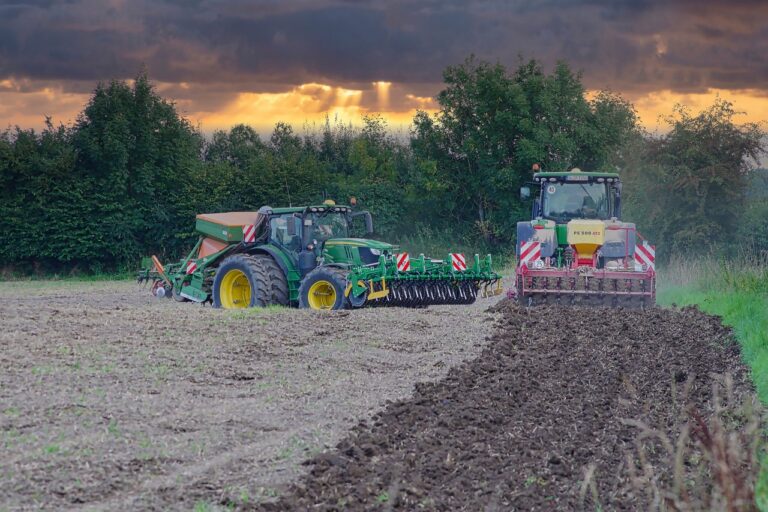The Role of Car-to-Anything (C2X) Communication in Smart Cities
betbook250 com login, 11xplay reddy login, yolo247:The Role of Car-to-Anything (C2X) Communication in Smart Cities
In today’s fast-paced world, technology is advancing at a rapid pace. Smart cities are becoming more prevalent, aiming to improve the quality of life for its citizens through the use of technology. One of the key components of smart cities is Car-to-Anything (C2X) communication, a technology that enables vehicles to communicate with each other and with the surrounding infrastructure. This article explores the role of C2X communication in smart cities and how it is shaping the future of transportation.
What is Car-to-Anything (C2X) Communication?
Car-to-Anything (C2X) communication is a technology that allows vehicles to communicate with each other and with infrastructure elements, such as traffic lights, road signs, and other roadside equipment. This communication can occur in two ways: Vehicle-to-Vehicle (V2V) communication, where vehicles communicate with each other, and Vehicle-to-Infrastructure (V2I) communication, where vehicles communicate with the surrounding infrastructure.
C2X communication relies on wireless communication technologies, such as Dedicated Short-Range Communication (DSRC) and Cellular Vehicle-to-Everything (C-V2X), to enable vehicles to exchange information in real-time. This information includes data on traffic conditions, road hazards, and other relevant information that can help improve road safety and traffic efficiency.
The Role of C2X Communication in Smart Cities
C2X communication plays a crucial role in the development of smart cities, as it enables vehicles to communicate with each other and with the surrounding infrastructure, creating a connected and intelligent transportation system. Some of the key benefits of C2X communication in smart cities include:
1. Improved Road Safety: C2X communication allows vehicles to exchange information on road conditions, hazards, and other relevant data, helping drivers make better-informed decisions while on the road. This can help reduce accidents and improve overall road safety in smart cities.
2. Traffic Efficiency: By providing real-time information on traffic conditions, C2X communication can help improve traffic flow and reduce congestion on city roads. This can lead to shorter commute times, lower fuel consumption, and reduced emissions, benefiting both drivers and the environment.
3. Enhanced Emergency Response: C2X communication enables vehicles to communicate with emergency services in case of accidents or emergencies, allowing for faster response times and improved coordination between first responders. This can help save lives and reduce the impact of emergencies on city residents.
4. Infrastructure Optimization: C2X communication can also help cities optimize their infrastructure, such as traffic lights and road signs, by providing real-time data on traffic patterns and usage. This information can help city planners make informed decisions on infrastructure investments and improvements to better serve the needs of residents.
5. Support for Autonomous Vehicles: C2X communication is essential for the development and deployment of autonomous vehicles in smart cities, as it enables these vehicles to communicate with other vehicles and infrastructure elements. This can help improve the safety and efficiency of autonomous driving systems, paving the way for a future where self-driving vehicles are commonplace.
6. Enhanced User Experience: C2X communication can also enhance the overall user experience for drivers and passengers in smart cities by providing personalized information and services based on individual preferences and needs. This can include recommendations for parking spots, traffic updates, and other personalized services that can improve the quality of the driving experience.
Future Trends in C2X Communication
As technology continues to evolve, the role of C2X communication in smart cities is expected to grow and expand. Some of the future trends in C2X communication include:
1. 5G Integration: The integration of 5G technology into C2X communication systems will enable faster and more reliable communication between vehicles and infrastructure elements, supporting a wide range of new applications and services in smart cities.
2. Cybersecurity: With the increasing connectivity of vehicles and infrastructure, cybersecurity will become a critical concern for C2X communication systems. Advanced cybersecurity measures will be needed to protect against malicious attacks and ensure the integrity and security of communications in smart cities.
3. Data Privacy: As C2X communication systems collect and exchange large amounts of data, ensuring the privacy and security of this data will be essential. Strong data protection measures and privacy regulations will need to be implemented to protect the personal information of drivers and users in smart cities.
4. Standardization: Standardization of C2X communication protocols and technologies will be crucial to ensure interoperability and compatibility between different vehicles and infrastructure elements. Industry stakeholders and policymakers will need to work together to establish common standards and protocols for C2X communication in smart cities.
5. Artificial Intelligence: The integration of artificial intelligence (AI) technologies into C2X communication systems will enable advanced data analytics and predictive capabilities, helping cities optimize traffic flow, predict accidents, and improve overall transportation efficiency.
FAQs about C2X Communication in Smart Cities
Q: How does C2X communication improve road safety in smart cities?
A: C2X communication allows vehicles to exchange real-time information on road conditions, hazards, and other relevant data, helping drivers make better-informed decisions and reducing the likelihood of accidents.
Q: What technologies are used in C2X communication?
A: C2X communication relies on wireless communication technologies, such as Dedicated Short-Range Communication (DSRC) and Cellular Vehicle-to-Everything (C-V2X), to enable vehicles to communicate with each other and with infrastructure elements.
Q: How does C2X communication benefit autonomous vehicles?
A: C2X communication is essential for the development and deployment of autonomous vehicles in smart cities, as it enables these vehicles to communicate with other vehicles and infrastructure elements, improving safety and efficiency.
Q: What are some of the key challenges facing C2X communication in smart cities?
A: Some of the key challenges facing C2X communication in smart cities include cybersecurity threats, data privacy concerns, standardization issues, and the need for advanced AI technologies to optimize communication and traffic flow.
In conclusion, Car-to-Anything (C2X) communication is playing a vital role in shaping the future of transportation in smart cities. By enabling vehicles to communicate with each other and with the surrounding infrastructure, C2X communication is improving road safety, traffic efficiency, and the overall user experience for residents. As technology continues to advance, the role of C2X communication in smart cities is expected to grow, leading to a more connected and intelligent transportation system that benefits both drivers and the environment.







